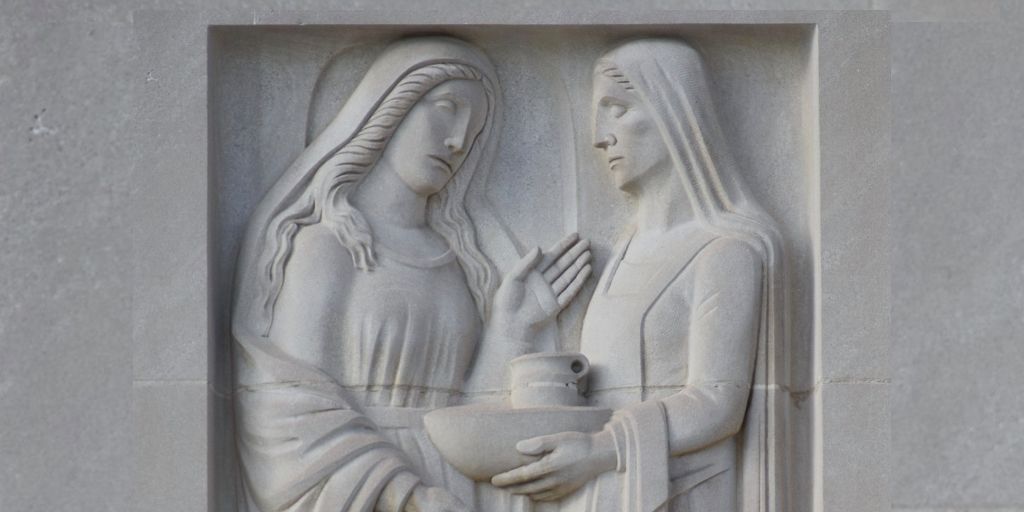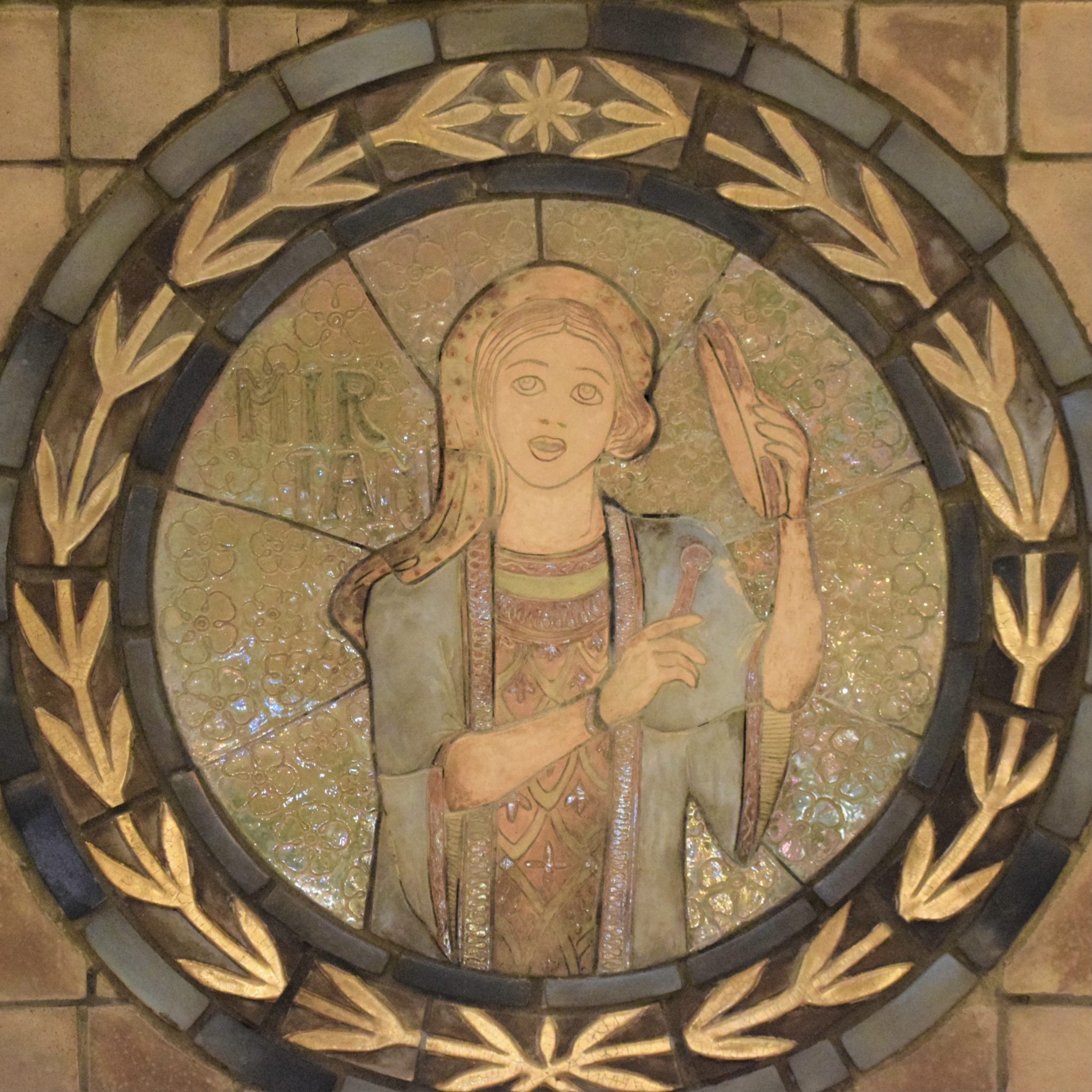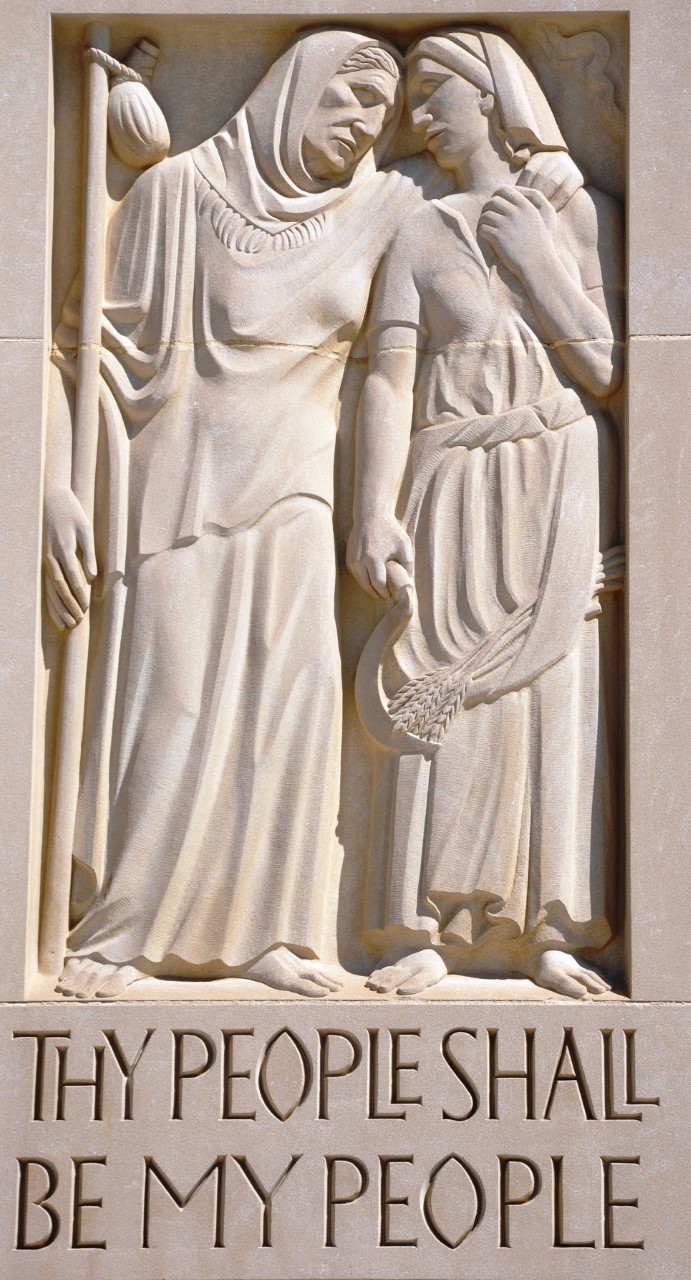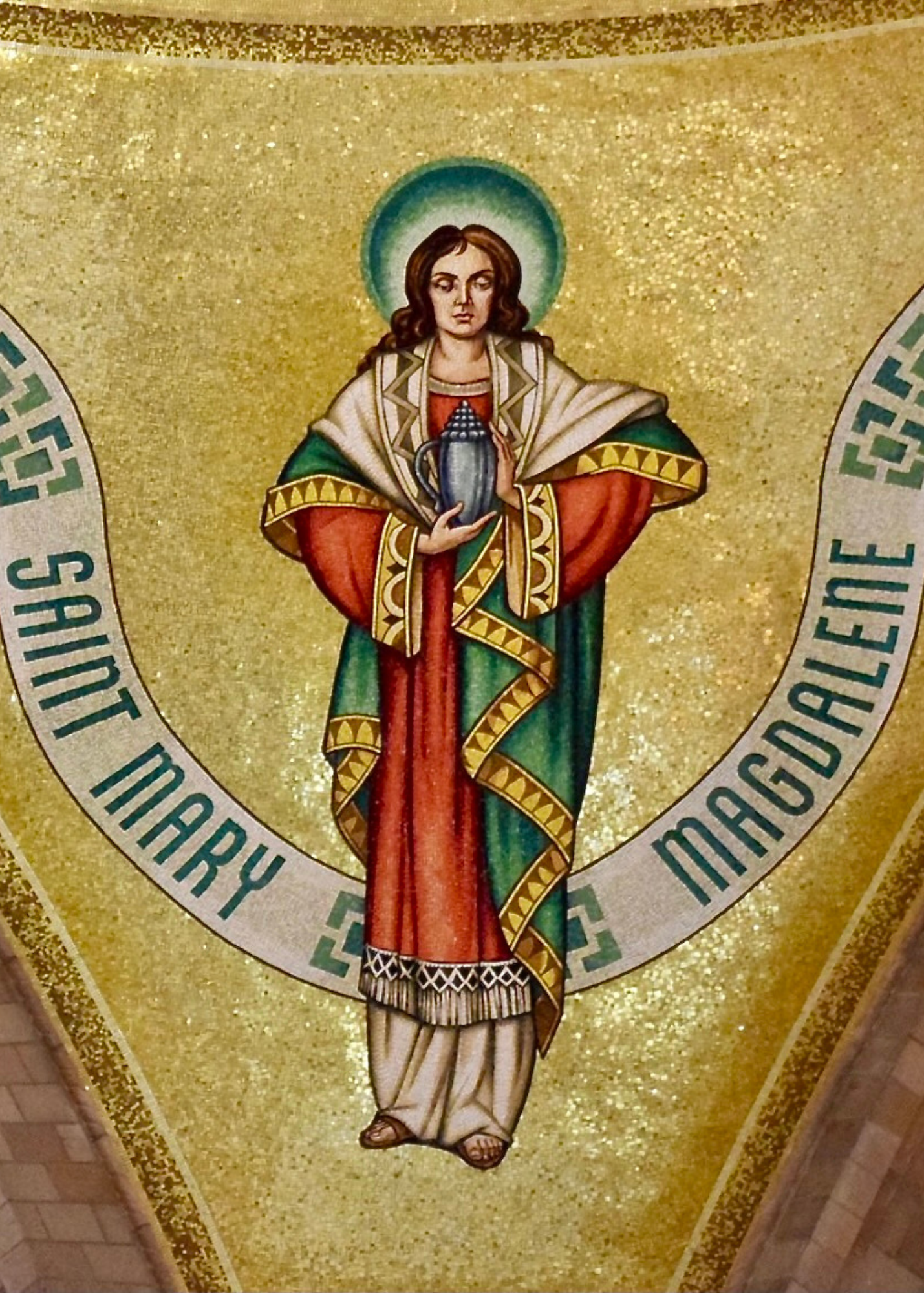
Throughout the Bible, women have played key roles in God’s plan, often in surprising ways. They were mothers caring for their families; they were prophetesses, foretelling judgment and redemption; and they were heroes, leading and protecting God’s people in perilous times.
In honor of International Women’s Day, we invite you to learn more about the women of the Bible and discover 10 fun facts about their lives in our latest post.
1. Sarah was over 90 years old when she gave birth to Isaac.
God promised Sarah and her husband Abraham that he would make them a great nation – that their descendants would be as numerous as the stars (Genesis 15:4-5). But as they grew advanced in years, Sarah remained childless. When Sarah was 90 and Abraham 99, God promised them that she would bear a son within a year. Sarah laughed, wondering how this could be possible. Yet God was faithful, and Sarah bore Isaac – whose name means “laughter.” Read more about Sarah.

2. Miriam played a pivotal role in saving the life of her brother, Moses.
During Miriam’s childhood, when the new pharaoh rose to power, he feared the Israelite population was growing too large and issued a decree that all newborn Hebrew boys were to be thrown into the Nile River. When Miriam’s brother Moses was born, her mother saved his life by placing him in a basket in the river, while Miriam watched to see where it went. As Exodus 2:3-4 explains:
“But when she [Jochebed] could no longer hide him [Moses], she took a papyrus basket, daubed it with bitumen and pitch, and putting the child in it, placed it among the reeds on the bank of the Nile. His sister stationed herself at a distance to find out what would happen to him.”
Later, it was Miriam’s ingenuity which allowed Jochebed to have a role in her son’s life still; after Miriam witnessed Pharaoh’s daughter pull Moses out of the river, she offered Jochebed as a nursemaid. Read more about Miriam
3. After a Gentile woman risked her life to hide Israelite spies in her home, God honored her faithfulness by including her in the lineage of Jesus.
When the Israelites sent spies into the city of Jericho, a Gentile woman named Rahab helped them hide from the Canaanites. Although she was a prostitute at that time, Rahab came to know the Lord through the Israelites, and ended up marrying an Israelite named Salmon. Together, she and Salmon had a son named Boaz, who would later marry Ruth, making Rahab the great-great grandmother of King David.
4. The Israelite woman Jael killed the commander of the Canaanite army by driving a tent peg into his temple.
During the era of judges, Jael brought down Sisera, the commander of the Canaanite army, by driving a tent peg into his temple. After the Israelites suffered under the oppression of the Canaanite King Jabin for decades, God commanded the Israelite Barak to lead an army against the Canaanites on Mt. Tabor. When Barak and his troops marched there, Sisera fled and sought refuge with a woman named Jael, whose family had known peace with Jabin. Under the pretense of hospitality, she gave him food and drink and covered him with a blanket. But after he fell asleep, she snuck up on him and drove a tent peg through his temple. Jael’s brutal act of heroism would ultimately lead to the conquest of King Jabin and the rediscovery of Israelite freedom.

5. Ruth met her future husband while working in his fields.
Known for her place in the lineage of Jesus, Ruth was a Moabite widowed by a man of Judah. After her husband died, Ruth insisted on returning to Bethlehem with her mother-in-law Naomi, rather than staying in Moab. They arrived in Bethlehem just as the barley harvest was beginning, and Ruth went to glean in the fields of a man named Boaz, who was a relative of Naomi. When he saw Ruth working there, he asked his reapers, “Whose young woman is this?” And they told him that she was a Moabite who had come with Naomi (Ruth 2:5-7). Boaz then spoke to Ruth, asking her to stay in his fields, offering her his protection, and eventually marrying her. Read more about Ruth.
6. Esther underwent beauty treatments for a year before being presented to King Xerxes as a potential bride.
After King Xerxes made a decree for all the beautiful women to come to the palace so he could choose a wife, Esther joined the other eligible women to undergo 12 months of beauty treatments. Drawn to her loveliness, the king chose her as queen, little guessing that she was of Jewish descent. Her position would eventually help her save the Jewish people from the genocidal plot of the wicked Haman. Read more about Esther.
7. Saint Elizabeth was related to Mary, Mother of Jesus.
A relative of Mary, Saint Elizabeth was married to a priest named Zechariah. Though Elizabeth remained barren for many years, God had not forgotten her. When she was advanced in age, she gave birth to John the Baptist, the one “who prepare[d] the way for the Lord,” (Malachi 3:1, Mark 1:1-5, Luke 3:4 and 7:27). Read more about St. Elizabeth.
8. Mary Magdalene was the first person to witness Christ’s resurrection.
In a time when women were regarded as second-class citizens, God gave Mary Magdalene a highly significant honor by appearing to her first and charging her to spread the news of His resurrection. A devoted follower of Jesus, Mary Magdalene accompanied Him through pivotal moments of His ministry, including His last trip to Jerusalem and the cross. Read more about Mary Magdalene.
9. There are four women prophets mentioned by name in the Bible: Deborah, Huldah, Miriam, and Anna.

While Deborah, Huldah, and Miriam are each from the Old Testament, Anna is a woman from the New Testament who saw the young Jesus in the temple. Miriam helped lead the Israelites out of Egypt; Deborah served as both a judge and a prophetess, foretelling Israel’s deliverance from the Canaanite king Jabin; Huldah foretold the preservation of King Josiah and destruction of Judah following their disobedience; and Anna was constant in her prayer and fasting, reminding others of the redemption that God had promised for Israel. Though each of these women came from varying backgrounds and experiences, each was used by God to speak to the people of Israel in profound ways at different periods in history. While there are at least five other female prophets mentioned in the Bible, including “the wife of Isaiah” and “the four daughters of Phillip,” their names are not given.
10. The Bible mentions six different women named Mary.
While the most well-known Mary in the Bible is Mary, the Mother of Jesus, there was also Mary Magdalene, who followed Jesus after he freed her from seven demons (Luke 8:2); Mary of Bethany, who was the sister of Martha and Lazarus, whom Christ raised from the dead (Luke 10:38-42); Mary, the mother of James the younger (Acts 6:15); Mary, the mother of John Mark (Acts 12:12); and finally, the Mary addressed by Paul in church at Rome (Romans 16:6).

